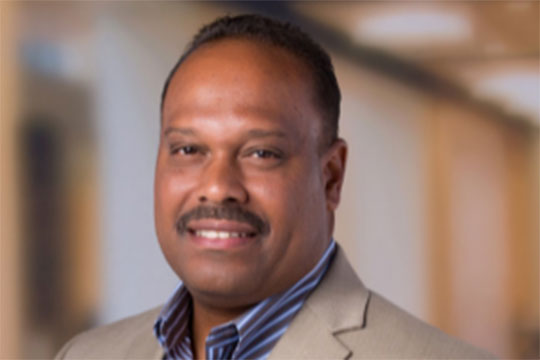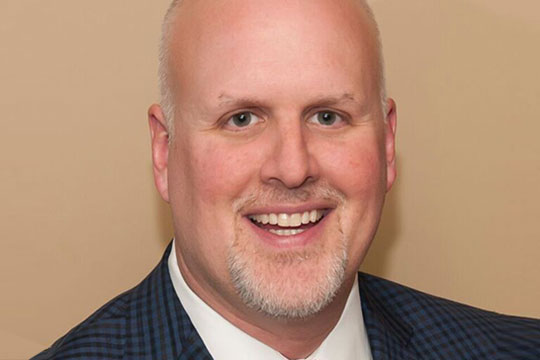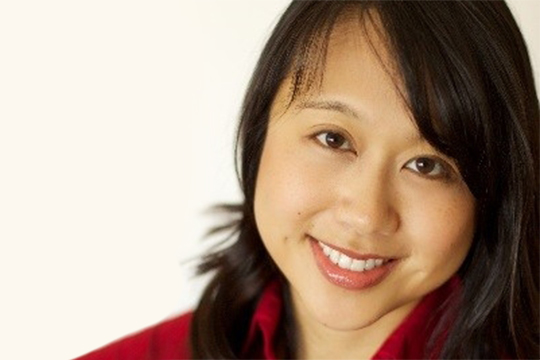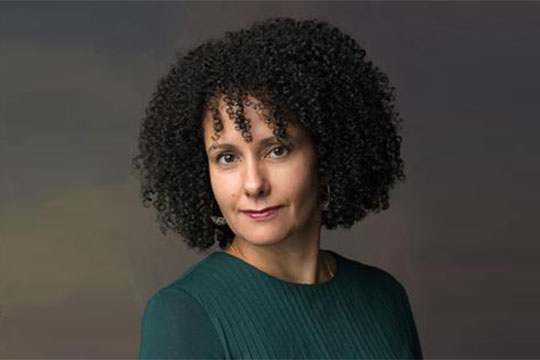Video
Health equity: Real-world scenarios for making progress
Addressing health inequity means uncovering seen and unseen barriers to health. It means looking at problems through a health equity lens. One way to develop that perspective is by listening to those with firsthand experience and understanding we all have a role in the solution.
Watch or listen to learn how we can work together to evaluate root causes and design interventions that improve outcomes for everyone.
9 minutes
Video: The Crisis of Health Inequity
Achieving health equity is essential for organizations to fulfill their purpose and mission, and to realize it requires achievable goals and practical actions. But where to begin? A valuable practice is hearing the perspectives of those facing it head-on, those with first-hand experience helping others recognize bias, those coordinating resources to resolve barriers to care, and those building relationships to sustain equity and diversity beyond any single initiative. One action we're taking here at Optum is to help bring those voices forward. Today, I am honored to introduce three leaders, Dr. Amy Nguyen Howell, Elisa Reliford, and Steve Griffiths, who are working hard on addressing health inequities every single day.
Thank you, Mike. Amy, health equity is a broad topic, and there's so many ways for leaders to focus their early efforts. It seems natural to start any health equity effort within our own organizations. Where might leaders anchor their efforts?
I think we start with purpose. Connecting health equity to your purpose and mission aligns the efforts of our cultural and business goals. We build intelligence, intelligence around our communities, around our people, and then we connect the clinical and the social economics together.
Unconscious bias is another challenge. What strategies do you think leaders can take to look within their own organizations for bias?
So I have a story about unrecognized bias, and it goes back to some work I was doing with a company that was really focused on individuals who had complex and rare conditions. That company started, it was a start-up. There was a vision, a strong vision of its, its clinical founder, and he, like many other founders, hired and brought together a leadership team that looked a lot like him. It lacked the diversity in our client base, and it lacked the diversity that was present in the patient base. As you know and appreciate, Amy, some rare and complex conditions disproportionately impact women, they disproportionately impact certain ethnicities, and they disproportionately impact individuals of different races. And that was true for the patients that we were serving.
As a new leader came into the organization, he recognized that the leadership team didn't match our patients and didn't match our customers. And he did work to make sure that he assembled a leadership team of diverse voices, diverse perspectives, talents, and expertise that did reflect the population that we were serving.
The people that we serve in health care are very diverse, and so as leaders in health care, we need to see people that we serve as complex and as multidimensional, and to support the work that we do, we need to bring together multiple dimensions of data to help us see people from all dimensions, from a 360 perspective, if you will, so that we can develop, offer, and engage people in products and services that help them improve their health, close gaps in care, minimize health disparities, and support health equity for the populations that we serve.
There are also some limitations in our data for what we gather or don't gather on certain populations. And so as an example, in certain insured populations, uh, topics like race or ethnicity, those important variables, aren't often gathered, if at all. And so it makes it challenging to understand and to profile the needs of a population, to understand how equitable care is being delivered for them, how they're consuming care, if we can't really even understand who they are.
And so it's extremely important that we understand what data we have, the quality of the data, as well as what other types of data are out there, uh, publicly available through government agencies or perhaps partner data that we could, uh, connect appropriately with, with data that we might have in-house, um, so that we can, again, fill in those gaps in the data and, uh, provide as broad, uh, and thoughtful of, of a, of a profile of our populations in the community that we serve so that we can provide the important and needed services to them.
I'm hearing you say using rich intelligence to build a more holistic view of vulnerable populations within our community is critical. Where do we start?
We start at looking at the clinical outcomes. Really to, really get to know your communities, the people, the people we serve. Leverage the insight and the data that we have from multiple sources. Identify areas of disparate clinical outcomes. Why do they exist? Why, why are they there? Who do they affect? What populations? Who lacks the access, and why? Why do the barriers exist? Measure and track utilization trends, performance metrics. That is how we can understand the barriers. Then we can remove them for the people who need it the most.
And so it's important to make sure that we look at the data that we have, develop, develop a reporting, uh, framework that enables us to link the work that we do around health equity to the mission of our organization and to have the ability on an ongoing and repeatable basis to measure performance indicators and to measure outcomes, uh, of our products and services that we offer to different communities.
So as we track these types of measures, if we do see, uh, increased trends or decreased trends, uh, on certain measures for certain parts of our population, we then can hone in, uh, on those measures of populations and overlay that data ... Could be, uh, increase in ER visits in a certain geographic region with SDOH information, behavioral care information, uh, perhaps social service information if we're able to gather it. Really to analyze, uh, that, that particular issue and understand kind of the root cause, uh, or as best as one can tell, uh, so that we can implement interventions and support services for those specific populations and work to engage, uh, those, those patients, those members, those employees in those services, monitor that engagement, uh, and ensure that the outcomes, uh, for those populations are moving in the right direction.
Amy, can you give us an example of how partnerships have improved clinical outcomes and demonstrated long-term impact?
Yes. One of our clinics partnered with the city of San Antonio and delivered over 20,000 vaccinations in the south, the southeast, the southwest side of San Antonio. And for those of you who know about San Antonio, this is an area that, uh, is, has vulnerable patients, mostly Hispanic, and they targeted the elderly who needed the vaccines the most. And so these are patients from 65 to 74 years old, and they had chronic conditions like cardiovascular disease and diabetes. And these patients did not have access to the internet, so they couldn't sign up for vaccination slots. SO what they did is they partnered with the city to outreach, to call these patients so that they could get them in for their vaccinations. Not only protected our patients, but it protected the community, so all of this d-, was done through the partnership.
Everyone has a role to play. Leaders across the health industry, so payors, providers, life sciences, government, and all employees have an opportunity to evaluate their culture, practices, products, and services for levels of inclusivity, diversity, and health equity. Health equity is not a program or an initiative. It's who we are as an industry and how we will all realize our purpose and fulfill our mission in our communities.
Featured experts

Michael Currie, MPH, MBA
SVP, Chief Health Equity Officer, UnitedHealth Group

Steve Griffiths, PhD, MS
SVP and Chief Operating Officer, OptumLabs Enterprise Analytics

Amy Nguyen Howell, MD, MBA, FAAFP
Chief of the Office for Provider Advancement, Senior National Medical Director, Optum

Elisa Reliford
SVP, Employer Market and Market Solutions, Optum
